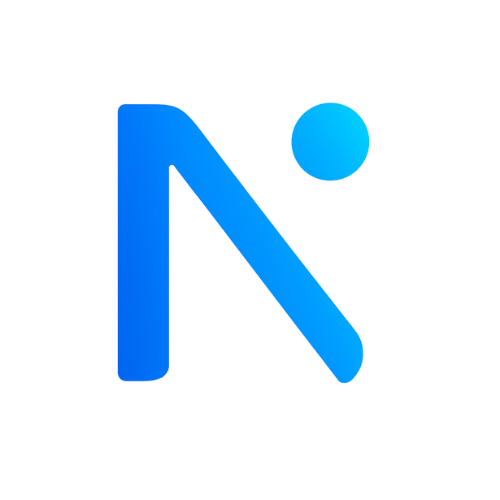Keeping endpoints patched, monitored, and support-ready at scale is one of the biggest challenges for MSPs and IT teams. Without visibility into every device, issues go undetected, patches get missed, and service desks operate reactively instead of proactively.
RMM agents solve this problem by providing continuous monitoring and remote access directly from each managed endpoint. Below, we break down what an RMM agent is, how it works, and why it is a core component of modern IT management.
What Is an RMM Agent?
An RMM agent is lightweight software installed on desktops, laptops, and servers that continuously reports health and performance data to a remote monitoring platform. It enables tasks like patch deployment, alerting, scripting, and remote access—giving MSPs visibility and control across every device.
How an RMM Agent Works
RMM agents follow a structured technical workflow:
- Installed on the endpoint (Windows, macOS, Linux)
- Maintains a secure encrypted connection to the MSP’s RMM platform
- Sends telemetry such as CPU load, disk usage, event logs, and hardware health
- Executes tasks like patching, remediation scripts, or remote access
- Sends heartbeats to confirm connectivity and check-in status
- Updates according to policy-based schedules
This agent-to-platform loop provides MSPs with real-time data, automated actions, and reliable remote control capabilities.
Core Capabilities of an RMM Agent
- Monitoring: Tracks performance metrics, hardware health, and alerts.
- Remote Access: Provides secure, unattended remote control for technicians.
- Patching: Deploys OS and third-party updates automatically.
- Scripting: Runs PowerShell, Bash, or custom scripts at scale.
- Alerting: Sends alerts based on thresholds or anomaly detection.
- Reporting: Generates compliance-ready reports for auditing and client visibility.
Agent-Based vs. Agentless Monitoring
Agent-Based Monitoring
- Deep endpoint telemetry
- Script execution and remediation
- Full patch management
- Ideal for workstations and servers
Agentless Monitoring
- Uses SNMP, WMI, and APIs
- Best for switches, firewalls, printers, and IoT devices
- Limited remediation capabilities
Most MSPs use a hybrid approach: agent-based for endpoints, agentless for network devices.
RMM Agent vs. EDR, AV, MDM, and UEM
- RMM agent: maintenance, monitoring, patching, automation
- EDR/AV agent: threat detection and response
- MDM/UEM agent: device provisioning, identity, and mobile policies
Each serves a different purpose and they stack together, not replace each other.
Deploying RMM Agents at Scale
A typical MSP deployment workflow includes:
- Create a golden image or deployment script
- Install via MSI/PKG using RMM or GPO/Intune
- Assign the device to the correct client/site
- Apply patch and alert policies
- Configure reboot windows and maintenance cycles
- Test deployment on a pilot group
- Roll out to the full environment
- Monitor logs, remediation, and performance
Windows Install Quick Start
- Download the installer package
- Include the site/client key
- Deploy using GPO, Intune, or a scripted method
Security Hardening for RMM Agents
- Enforce TLS-only communication
- Use strong certificate validation
- Implement least-privilege permissions
- Require MFA for console access
- Enable audit logs and conditional access
- Use agent tamper protection
- Keep the agent updated regularly
Troubleshooting Common Agent Issues
- Agent not checking in
- Certificate or token expiry
- Remote access blocked by firewall
- High CPU from scripts or patch scans
- Duplicate devices in the dashboard
- Corrupt installs requiring clean reinstall
Documenting SOPs for these issues helps reduce technician time.
How Neo Agent Works With Your RMM
Neo Agent is not an RMM agent.
RMM agents provide endpoint monitoring and control. Neo Agent complements this by automating service desk workflows that depend on PSA and RMM data—such as ticket triage, dispatch analysis, technician suggestions, and next-best actions.
RMM handles the endpoint.
Neo Agent handles the workflow automation that connects your tools.
FAQs
What does an RMM agent do?
It monitors device health, deploys patches, automates tasks, and enables remote access.
Is the RMM agent safe to run on user machines?
Yes. RMM agents use encrypted connections, certificates, and policy-based controls.
What operating systems do RMM agents support?
Most agents support Windows, macOS, and Linux.
Do I need both an RMM agent and an EDR agent?
Yes. RMM handles management; EDR handles security.
How do I remove an RMM agent during offboarding?
Most RMM platforms include an uninstall task or script for automated removal.
Is Neo Agent the same as an RMM agent?
No. RMM agents manage endpoints. Neo Agent automates workflows across your PSA and RMM.

